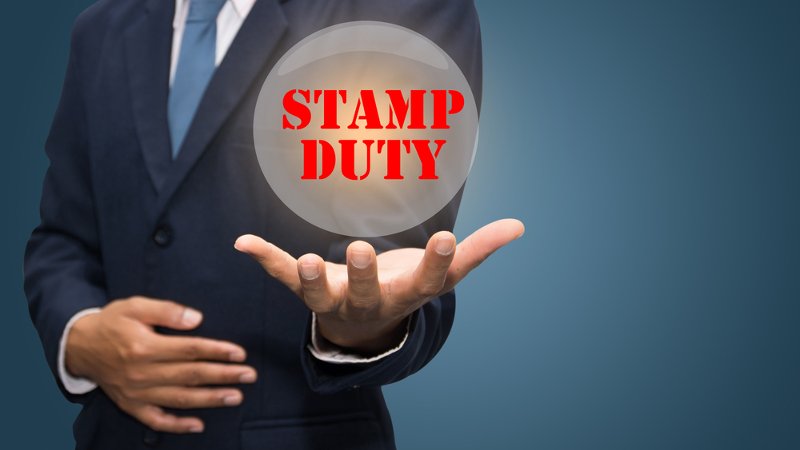This drop in activity was undoubtedly prompted by buyers being deterred by the higher cost of moving, a concern that has led to virtual paralysis in some segments of the housing market.

Tony Ward is chief executive of Clayton Euro Risk
From the Treasury’s point of view, 2014’s changes to stamp duty have been a bumper success.
Civil servants could barely contain their glee last week when HMRC revealed that, since then-Chancellor George Osborne hiked the rate for homes worth over £925,000, stamp duty receipts have risen by a whopping 33%.
Now, on pretty much any measure of success, that sounds like a job well done.
Revenues in 2016 alone increased 18% – cue cheering and much waving of fists.
After all, this extra cash is equivalent to a boost of over £2bn for Treasury’s coffers.
And at a time when austerity still hangs around us like a drunken, over-opinionated guest at an end-of-summer barbecue, additional revenues at not to be sniffed at, right.
But take a look where that additional money came from.
Most found its way out of the pockets of those buying additional properties, who were landed with an extra 3% stamp duty after further changes made to the system in April last year.
All in all, these second homebuyers andlandlords stumped up 39% of receipts.
But in 2016, transactions were down by 8%.
This drop in activity was undoubtedly prompted by buyers being deterred by the higher cost of moving, a concern that has led to virtual paralysis in some segments of the housing market.
Add to this the continuing uncertainty caused by Brexit and you have an almost perfect storm for the property market.
In Central London alone, revenues dropped by 1% because London is home to the highest value parts of the housing market.
Homes worth more than £1m composed just 1.7% of transactions in 2016, but equated to 30% of stamp duty receipts.
Mulling over the numbers, Nick Leeming, chairman of estate agency Jackson-Stops, concluded: “Prohibitive levels of stamp duty and tax have been a real drag on the UK property market over the last financial year.
“While the changes seen in December 2014 appeared to be good news for 98% of home buyers at the time, the top end of the market has suffered and this, together with the additional 3% tax surcharge, has had a knock-on effect on the rest of the market.”
Mortgage brokers reacted sharply to the figures. They called for a stamp duty holiday for first-time buyers as the proportion of new buyers paying the property tax has surged from 47% in 2001 to 78% in 2017, according to Lloyds Bank research.
Andrew Montlake, director at London-based Coreco Group, said: “I think in general it seems unfair to add to the costs for first-time buyers' with stamp duty and I would like to see this removed for this section of the market, certainly up to a certain level.
“This is definitely a move that could help prospective buyers to get on to the market, but we have to be careful that this will not just simply boost house prices further.”
Stamp duty, as regular readers of my blogs will know, is one of my bugbears.
The imposition of the higher rate at the top end of the market has created a log jam, which is impacting on everything beneath it, and is preventing many older buyers from downsizing, thus freeing up much needed three- and four-bedroom homes for families.
While many from the property sector have voiced their concerns, my worry is that these new stamp duty revenue numbers will convince many in government that they have made the right decision.
Treasury bosses looking at the top number could well be forgiven for thinking that tinkering with stamp duty has been a clever and productive move.
Those working in housing – and indeed, those people trying to sell large properties or buy one – have an entirely different perception.
This week, the Conservative Party gathered in Manchester for its annual conference.
Let’s hope that amid all the spin, self-congratulatory rhetoric and Brexit-induced infighting, ministers and their teams take a moment to listen to the many representatives of the housing sector who will be there to tell them that the stamp duty coin most definitely has two sides to it.


